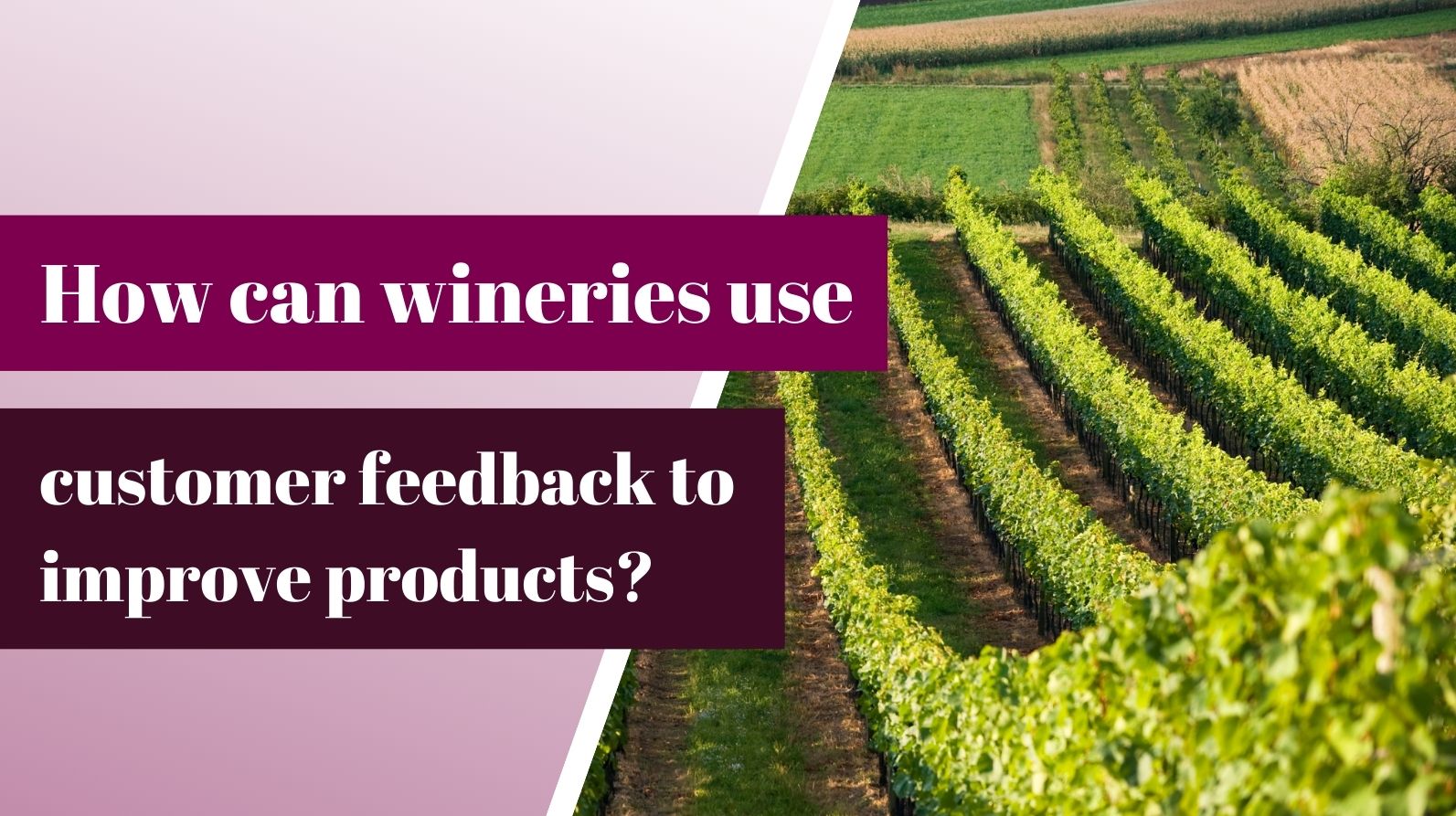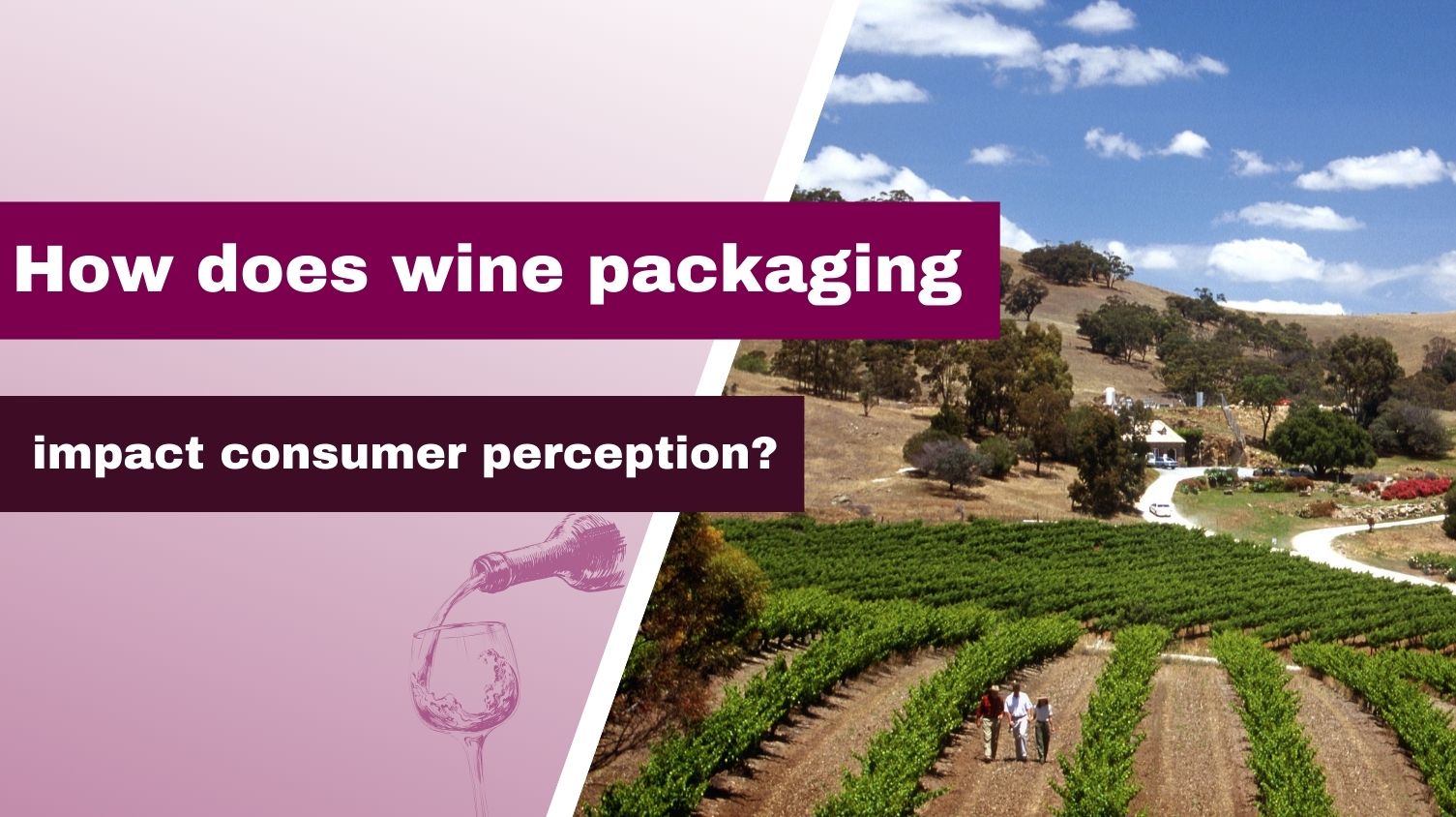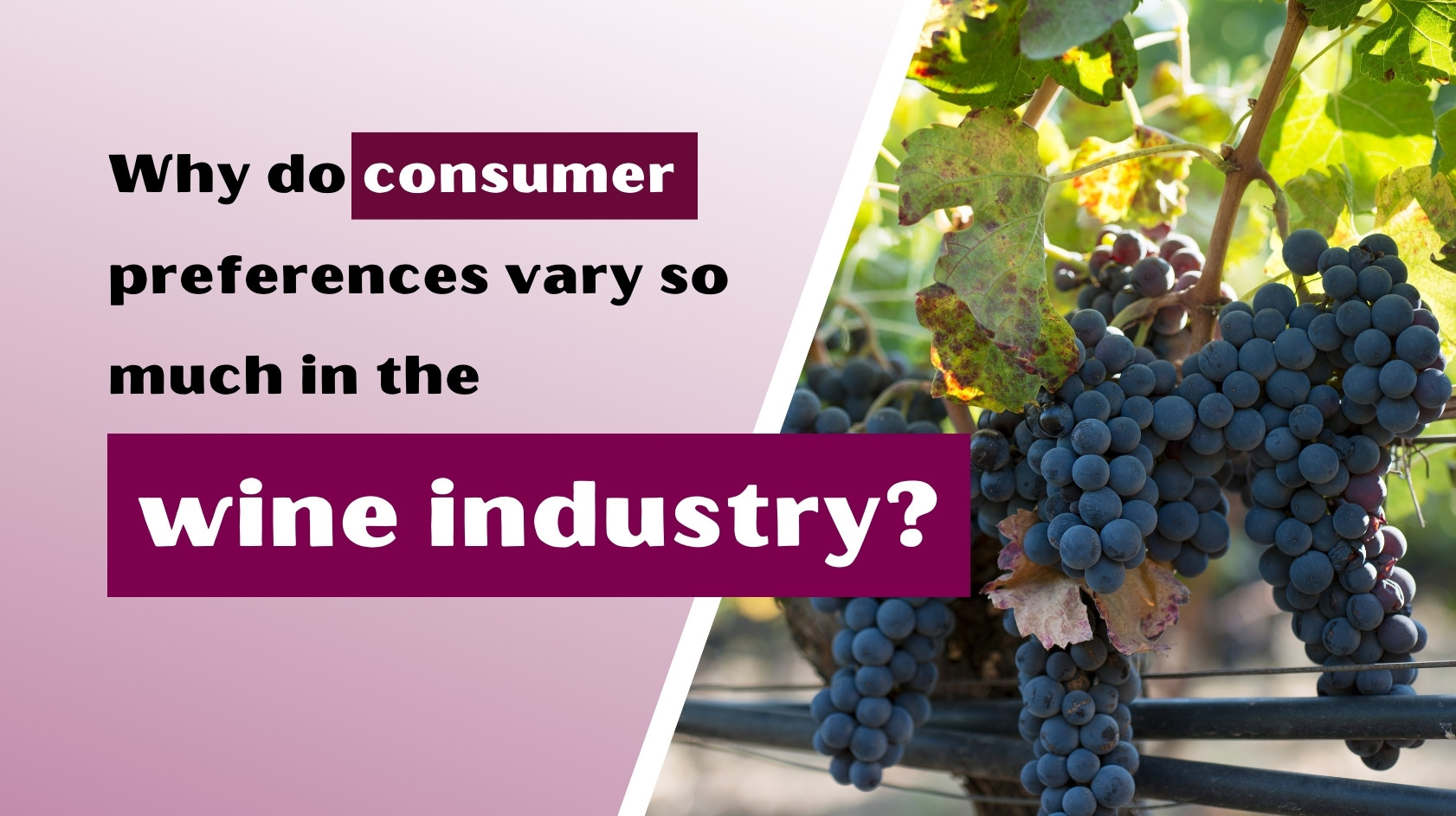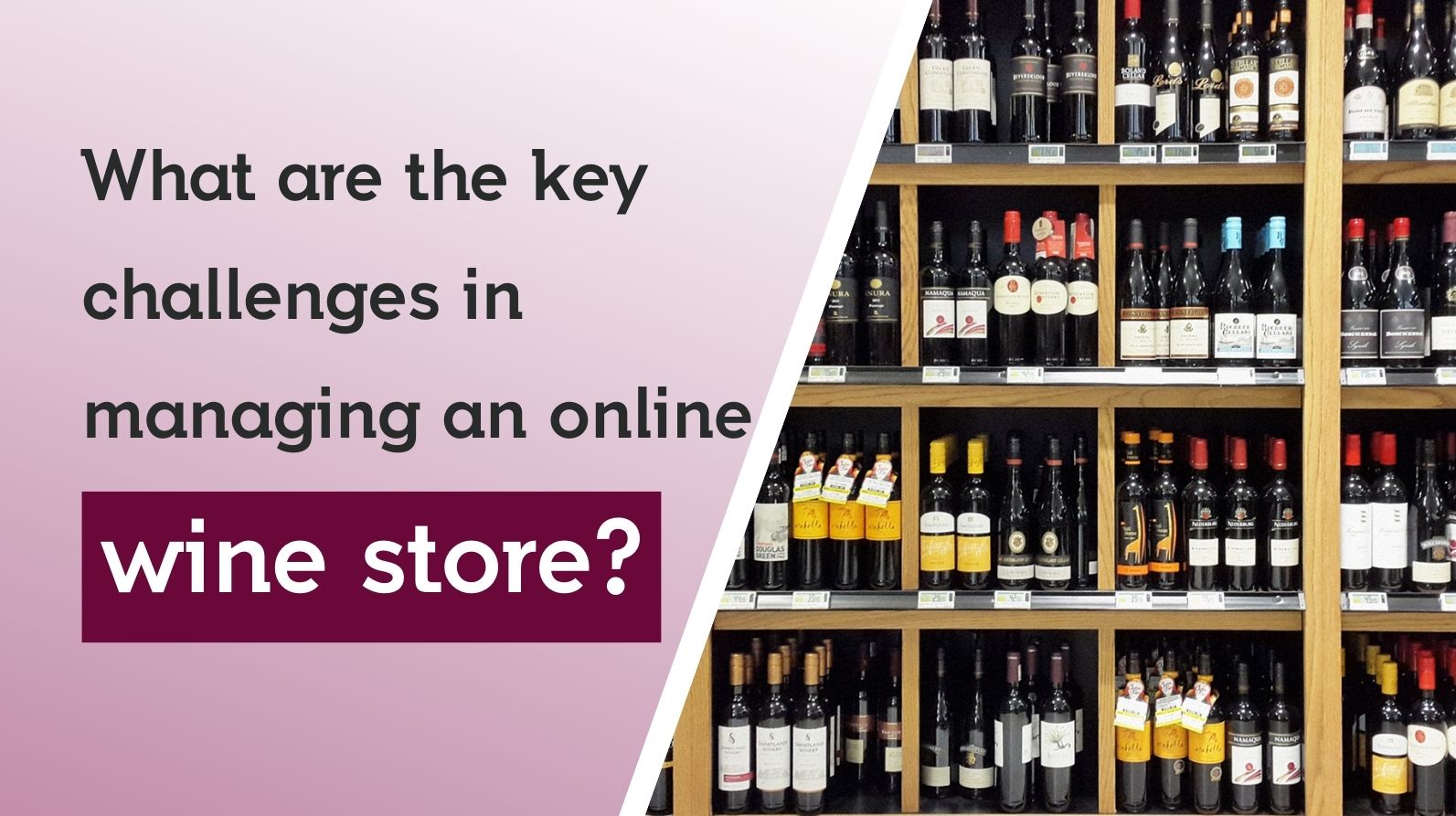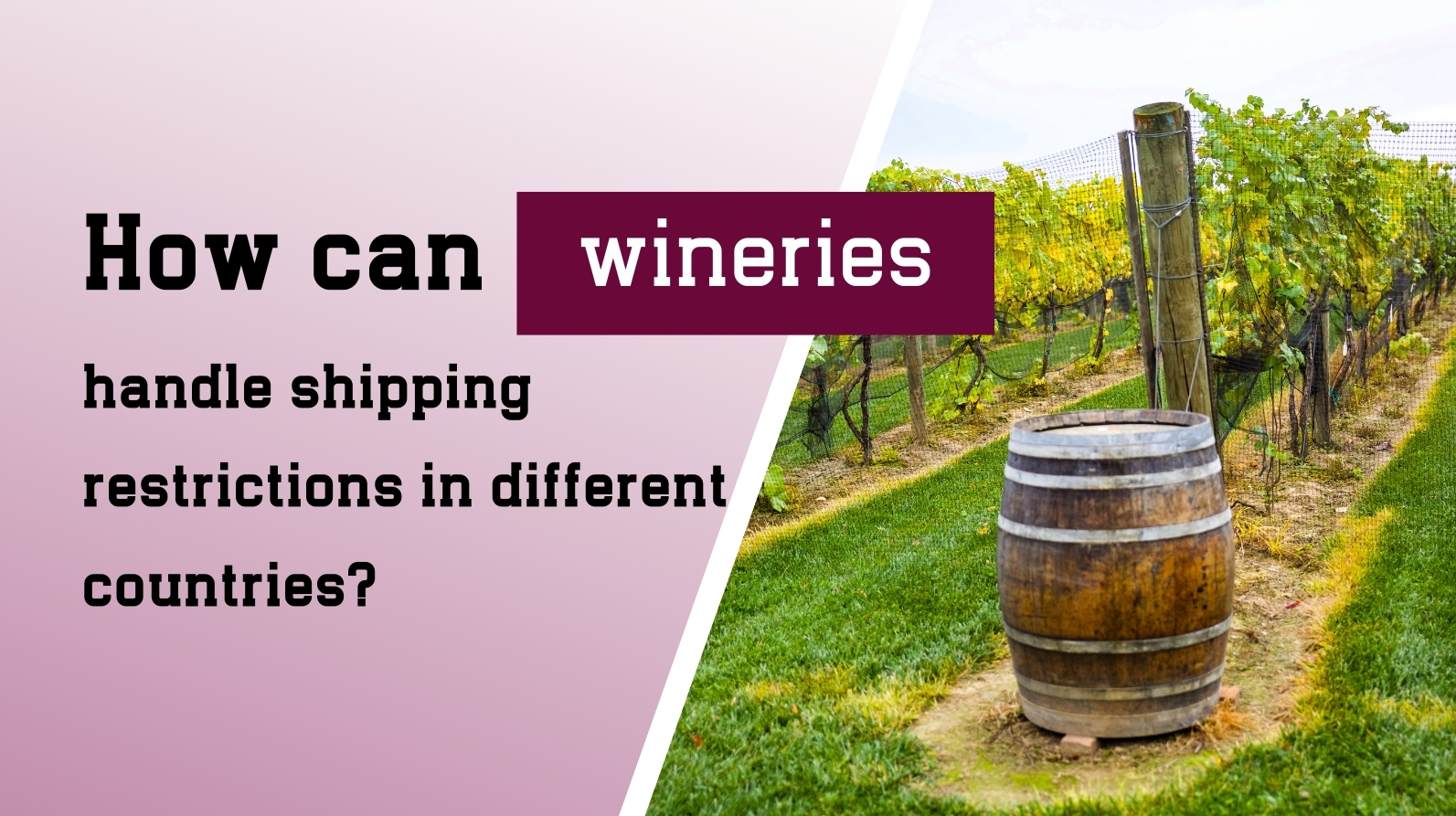How Climate Change is Reshaping the Wine Industry: Challenges and Adaptations
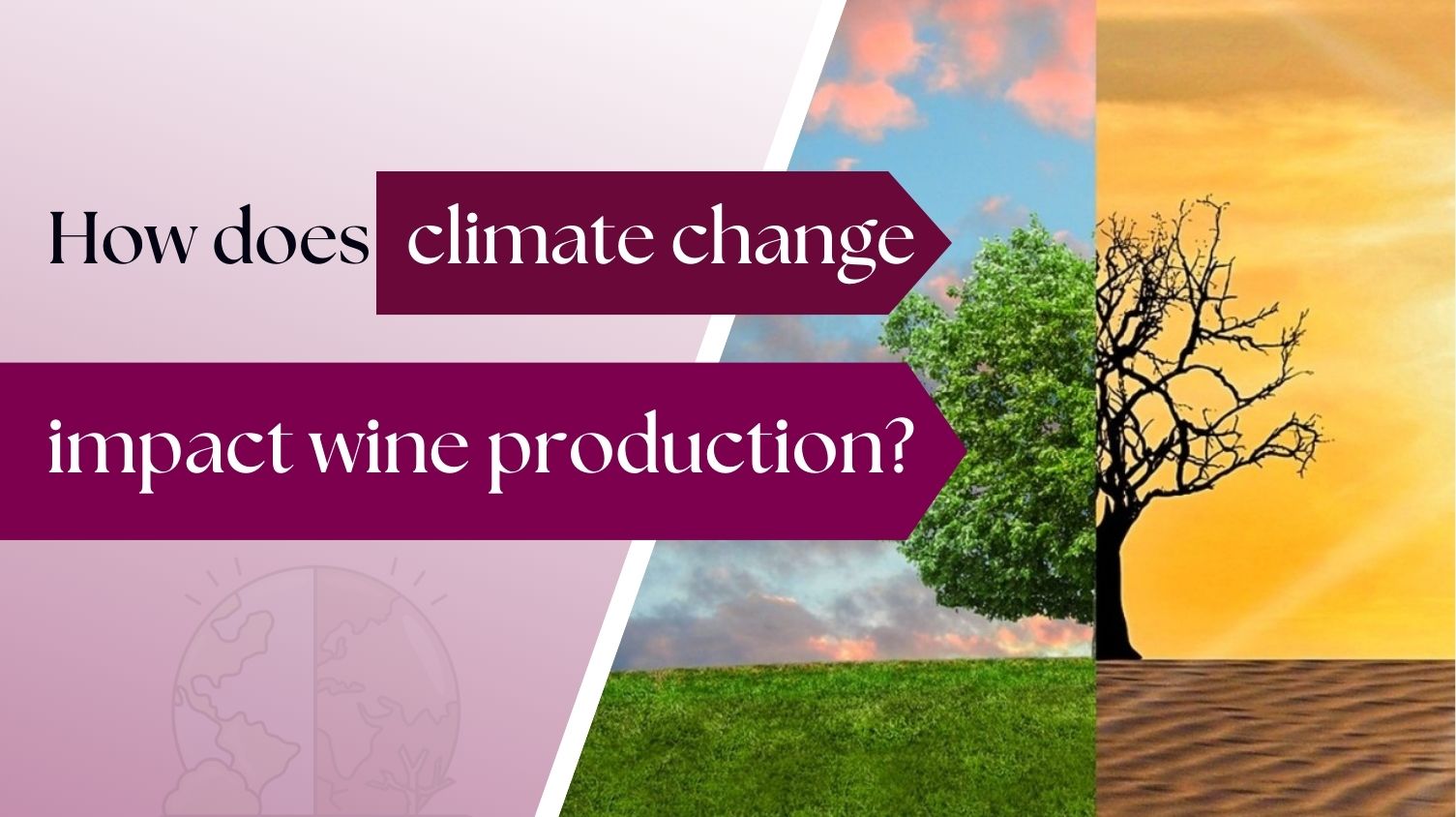
How Climate Change is Reshaping the Wine Industry: Challenges and Adaptations
Introduction
Climate change is having a major impact on the wine industry, affecting everything from grape growing to the taste and quality of wine. Rising temperatures, unpredictable weather, and extreme climate events are forcing winemakers to change the way they produce wine. Some traditional wine regions are struggling, while new areas are becoming suitable for vineyards.
In this article, we will explore how climate change is affecting winemaking and the ways the industry is adapting to these challenges.
Rising Temperatures: Changing How Grapes Ripen
One of the biggest effects of climate change is increasing global temperatures. Warmer weather makes grapes ripen faster, which can cause problems for winemakers.
How Faster Ripening Affects Wine
Higher sugar levels → Leads to wines with more alcohol
Lower acidity → Wines taste less fresh and structured
Different flavors → Can make wines taste overly ripe or jammy
For example, winemakers in Bordeaux, France and Napa Valley, California are adjusting harvest times to pick grapes earlier before they ripen too quickly. Some vineyards are also planting grapes that can handle warmer temperatures.
How Wineries Are Adapting
Harvesting earlier → Picking grapes sooner helps maintain acidity and freshness
Planting vineyards in higher altitudes → Cooler temperatures slow down ripening
Using heat-resistant grape varieties → Some winemakers are switching to grapes that grow well in warmer conditions
New Wine Regions: Grape Growing in Unexpected Places
As traditional wine regions get hotter, new areas are becoming suitable for vineyards. Countries like England, Ireland, and Sweden are now producing high-quality wines.
Example: England’s Sparkling Wine Boom
Warmer summers in southern England have created the perfect conditions for growing Chardonnay and Pinot Noir, the main grapes used in sparkling wine. Today, English sparkling wines are winning international awards and competing with French Champagne.
Challenges for New Wine Regions
Lack of Infrastructure → New wine regions need investment in vineyards and wineries
Limited Expertise → Local growers need to learn proper winemaking techniques
Unpredictable Weather → These areas still face risks like frost, storms, and rainfall changes
Extreme Weather: Threatening Vineyards Worldwide
Climate change has increased the frequency of extreme weather events, which can destroy vineyards and reduce wine quality.
Examples of Climate Disruptions
California Wildfires → Smoke taint ruins grapes, forcing wineries to discard entire harvests
Texas Weather Extremes → Droughts, frosts, and hailstorms make grape growing unpredictable
French Vineyards and Frost → Spring frosts in Burgundy and Champagne have severely damaged vines
How Wineries Are Protecting Their Vineyards
Smart irrigation → Advanced water conservation techniques help vineyards survive droughts
Protective netting and sprinklers → Helps shield vines from frost and extreme heat
AI and satellite monitoring → Predicts climate risks so winemakers can take action
Innovative Adaptations: How Wineries Are Fighting Climate Change
To counteract climate change, winemakers are using new techniques to keep their vineyards and wines at their best.
1. Planting Climate-Resistant Grapes
In Champagne, France, growers are experimenting with hybrid grapes that can survive extreme temperatures and resist disease. The voltis grape is one example of a climate-resilient variety.
2. Using Sustainable Farming Methods
Many wineries are adopting organic and biodynamic farming practices to reduce environmental impact.
Avoiding synthetic pesticides and fertilizers
Using solar and wind power to lower their carbon footprint
Practicing regenerative farming to improve soil health
For example, Jackson Family Wines launched the "Rooted for Good" program, focusing on sustainability, water conservation, and biodiversity.
3. Moving Vineyards to Cooler Locations
Some wineries are relocating vineyards to higher elevations or cooler latitudes to maintain ideal grape-growing conditions. In Tuscany, Italy, winemakers are now planting vineyards in the Italian Alps to preserve the character of their wines.
Changing Wine Characteristics: How Climate Change Affects Taste and Quality
1. Flavor Profile Changes
Higher temperatures alter the taste of wine → Riper, fruitier, and sometimes overly jammy flavors
Loss of acidity → Makes wines taste flat and unbalanced
Cool-climate wines are changing → For example, German Riesling is losing its crisp freshness
2. Higher Alcohol Content
Faster grape ripening means more sugar, which results in wines with higher alcohol levels (sometimes over 15% ABV).
How winemakers are handling this:
Alcohol reduction techniques → Blending lower-alcohol wines or using technology to remove excess alcohol
Harvesting earlier → Picking grapes before sugar levels get too high
The Economic Impact of Climate Change on Wine
Climate change is not just changing how wine is made—it’s also affecting the business side of winemaking.
1. Changes in Vineyard Values
Premium wine regions (like Champagne and Napa Valley) are maintaining their value, despite climate risks
New Zealand’s Marlborough region is seeing vineyard values drop due to oversupply and reduced demand
2. Changing Consumer Preferences
Younger wine drinkers are shifting away from traditional wine styles:
Growing demand for low-alcohol and non-alcoholic wines
Sustainability is a key factor → Many consumers prefer eco-friendly and organic wines
New regions offer competitive prices → Emerging wine regions are producing high-quality wines at lower prices

